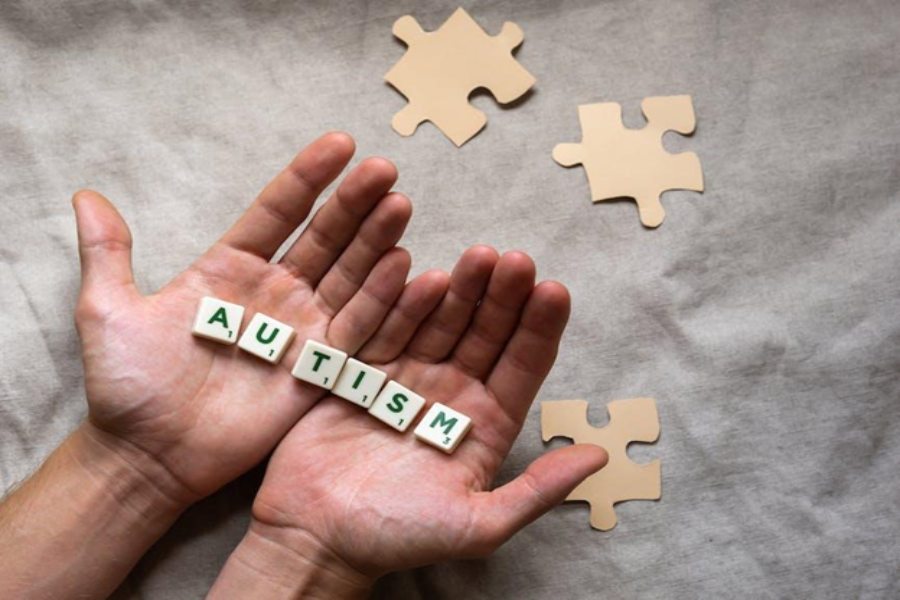Applied Behavior Analysis (ABA) therapy is most effective for individuals with autism and other developmental disorders. As the demand for effective therapeutic practices grows, innovation within ABA therapy clinics can improve outcomes.
Clinics are adopting new technologies, methodologies, and strategies to improve the effectiveness of their services. Take a closer look at how these innovations are being implemented right below.
Personalized Therapy Programs
Therapists can design programs that address the unique needs of each client. Advanced assessment tools can identify key areas for growth so that therapists can focus on the right objectives. If you want to open a preschool franchise, keep in mind the children’s needs and create a tailored space where they can feel comfortable and learn. This personalized approach improves motivation and commitment from children, improving session attendance and participation rates.
To further refine therapy strategies, regular evaluations are conducted so that the goals remain aligned with the client’s needs. Frequent adjustments reduce frustration and improve the child’s learning experience. Innovations rely heavily on constant data collection and feedback mechanisms to optimize treatment protocols. This commitment to individualized care boosts the morale of clients and builds a deeper connection between therapists and families. Through these innovations, clinics can track progress and provide better insights for families.
Leveraging Technology
Digital platforms and applications have made it easier for therapists to track patient progress, analyze data, and adapt therapies to suit individual needs. Mobile applications designed specifically for ABA provide therapists with tools to deliver consistent interventions with measurable outcomes. Virtual reality (VR) technology is being explored as a means to create immersive environments where clients can practice social skills and response mechanisms. When simulating real-life scenarios, clinics can prepare their patients for social interactions outside the therapy setting.
Improving communication tools via teletherapy has made it possible for therapists to reach clients in remote locations or those unable to attend in-person sessions. Tapping into technology guarantees that all patients will receive the quality assistance they need, no matter where they live.
Data-Driven Decision Making
ABA therapy clinics utilize data to inform their approaches and strategies actively. By collecting behavioral data consistently, therapists can evaluate the effectiveness of interventions and make necessary adjustments based on their findings. The ability to analyze large sets of data leads to evidence-based practices that improve client outcomes. Clinics can identify trends in behaviors and correlate these with specific interventions, refining their practices to suit the most effective methods for each individual.
Machine learning algorithms can be integrated to predict behavioral trends so that therapists can intervene immediately. Clinics embracing data improve their operational efficiency and set a new standard for tailored treatment within the ABA industry.
Innovative Training and Professional Development
ABA clinics should focus on innovative training programs. Continual learning opportunities refine the skills of applied behavior analysts so that they are using the most effective techniques available. Many clinics are now employing blended learning approaches, which combine traditional learning with online programs, webinars, and interactive workshops.
Professionals are enriched with fresh ideas and insights that enrich their practice. Mentorship programs are being developed where experienced behavior analysts provide guidance to newer practitioners. Focus on building soft skills to improve client rapport and treatment efficacy. Clinics recognize that the therapeutic relationship impacts outcomes, investing in the interpersonal skills of their staff.
Parent and Caregiver Involvement
Innovative ABA clinics are prioritizing the involvement of parents and caregivers in the therapeutic process. Clinics encourage consistency in behavioral interventions and strengthen the effectiveness of the therapy. Regular workshops, training sessions, and communication channels empower family members by equipping them with the necessary skills. Parent training programs that focus on these home strategies will give caregivers the confidence they need in handling challenging behaviors and reinforcing positive changes. Open lines of communication between therapists and families facilitate the sharing of insights, concerns, and progress updates.
Feedback from parents regarding their child’s experience can guide therapists in refining their practices and making adjustments tailored to individual needs. This active partnership promotes a supportive environment where therapeutic goals are pursued.
Community Engagement and Partnerships
ABA therapy clinics are connecting with local communities to bolster their services. Establishing partnerships with schools, hospitals, and autism organizations facilitates a more cohesive approach to treatment and care. These collaborations may result in resource-sharing initiatives that amplify the availability of services for families.
Community awareness campaigns reduce stigma associated with autism and encourage more individuals to seek help. Collaborating with local and regional organizations allows clinics to offer workshops, seminars, and events that educate the wider public on autism and ABA therapy practices. Forming community partnerships improves the quality of referral systems where agencies can direct families to appropriate services.
Each of these innovations highlights ABA therapy and the commitment of clinics to achieve better outcomes for their clients. As they embrace new technologies, data analysis, family involvement, community engagement, and tailored interventions, ABA clinics open the way for a brighter future for those with autism and other developmental disorders.

